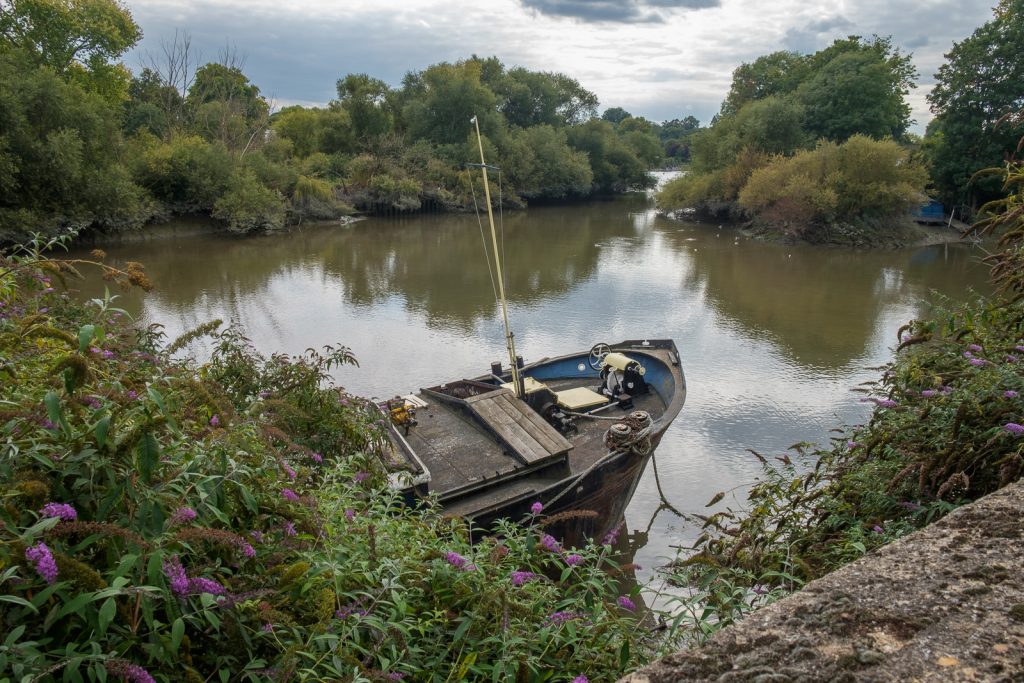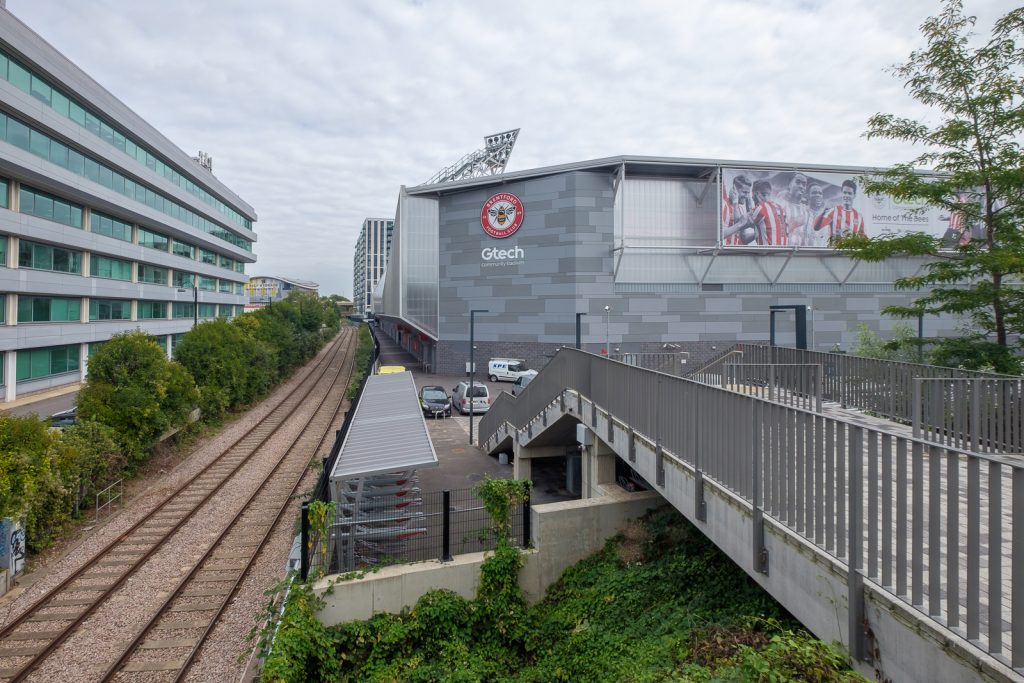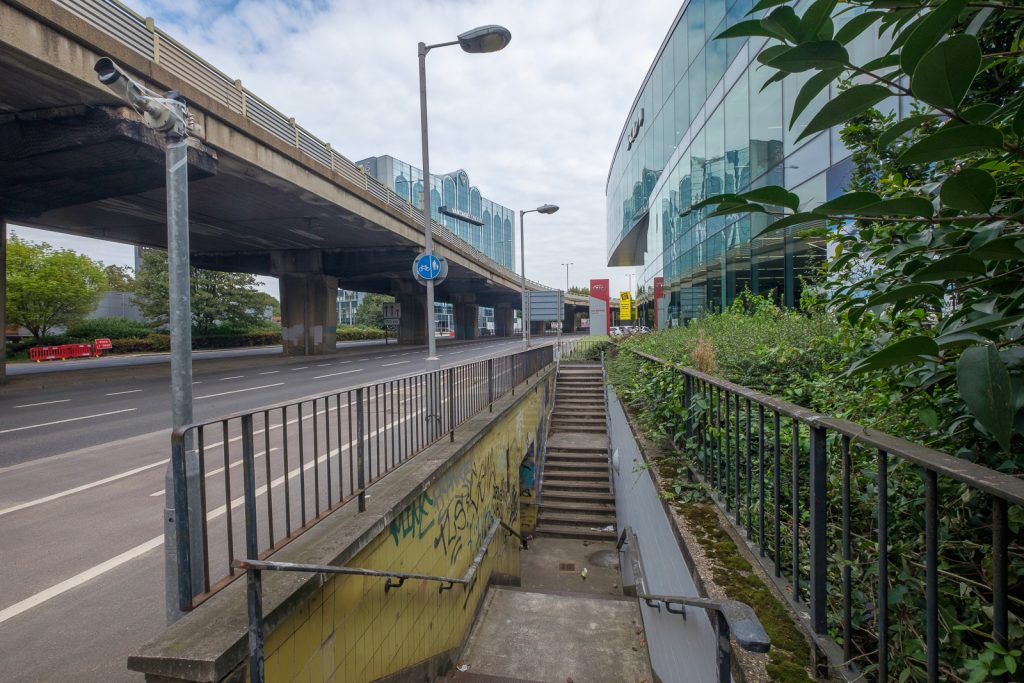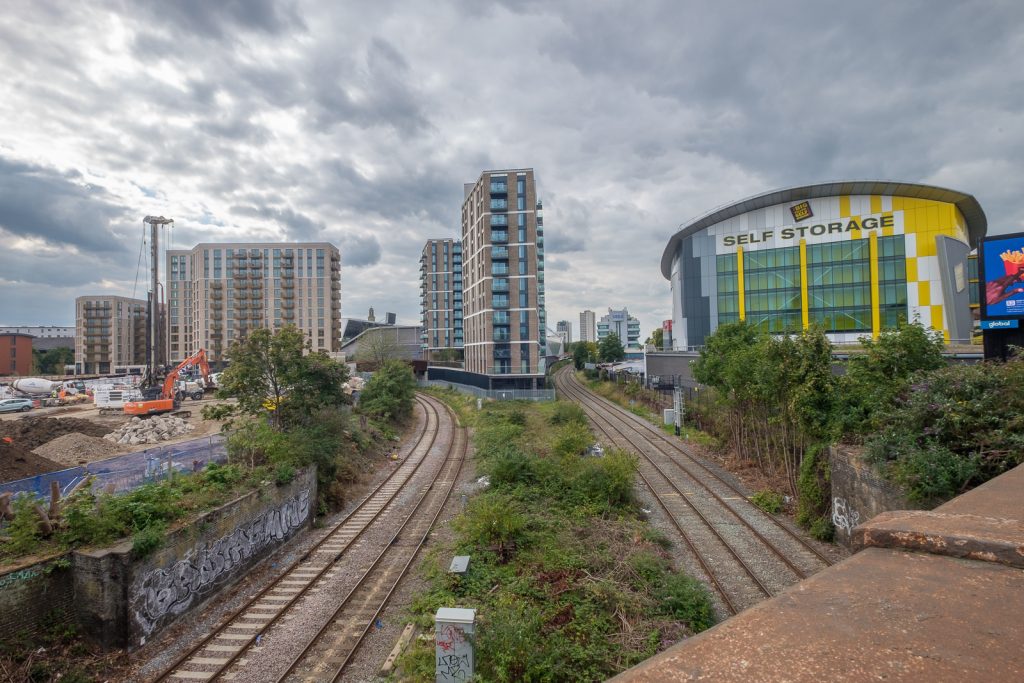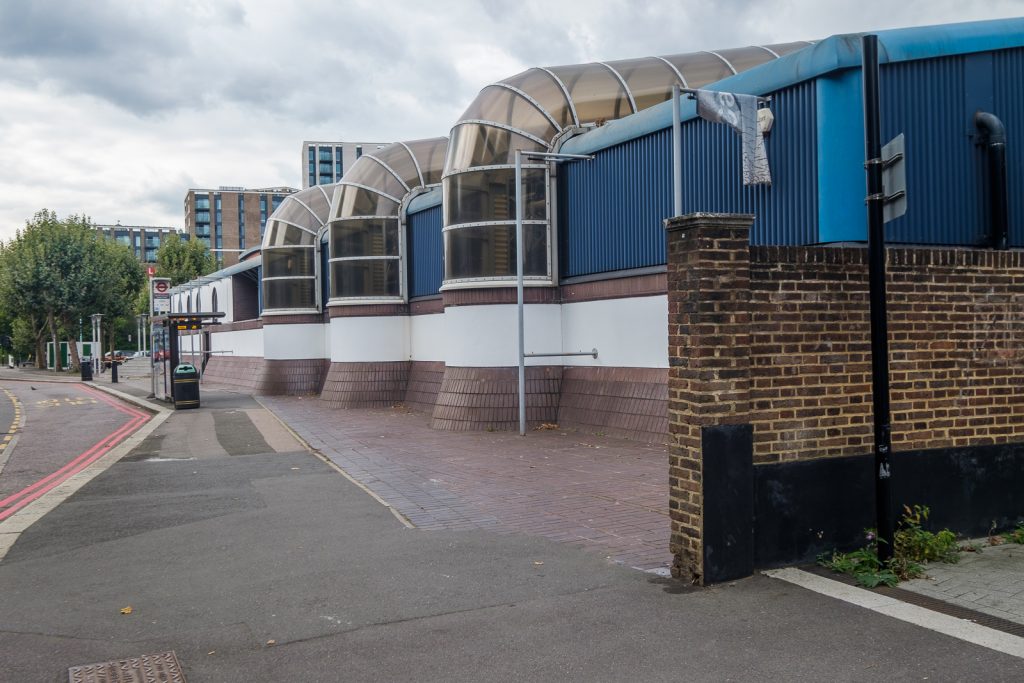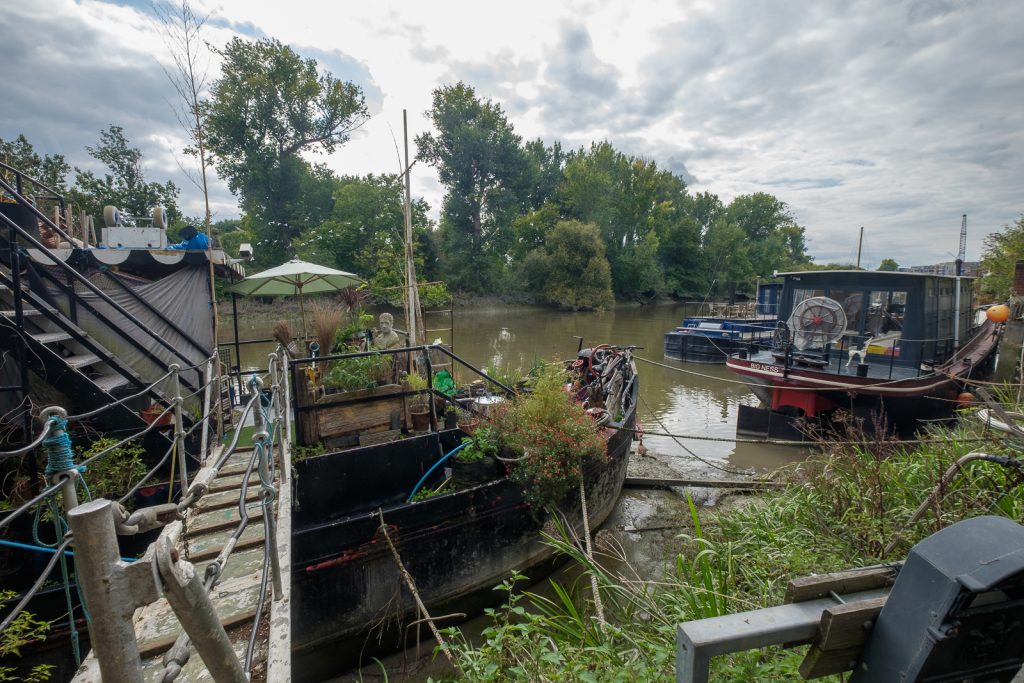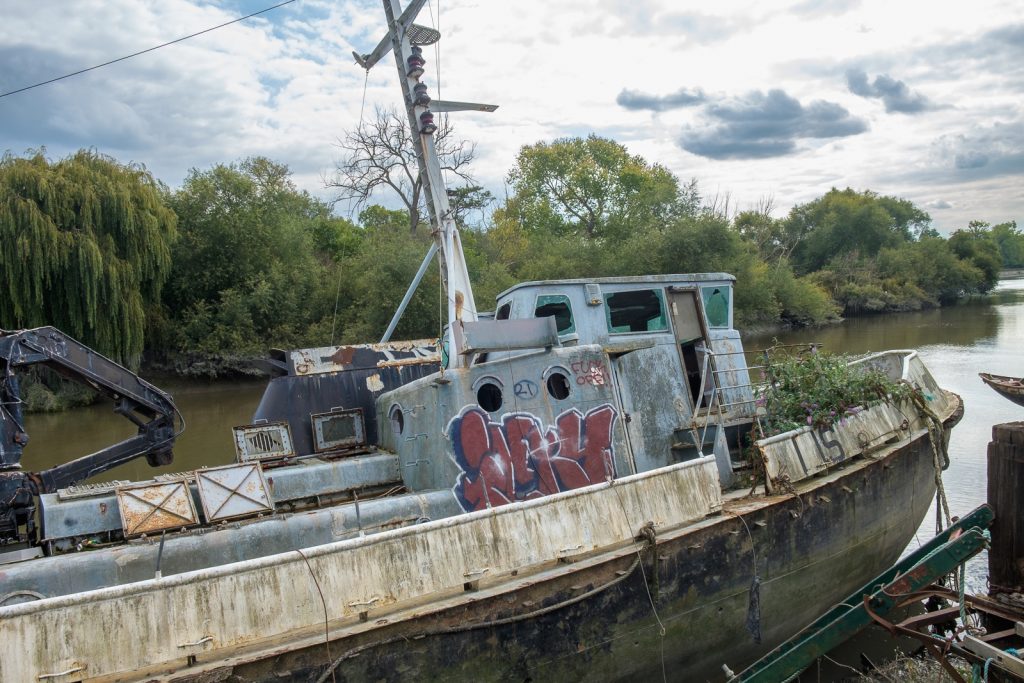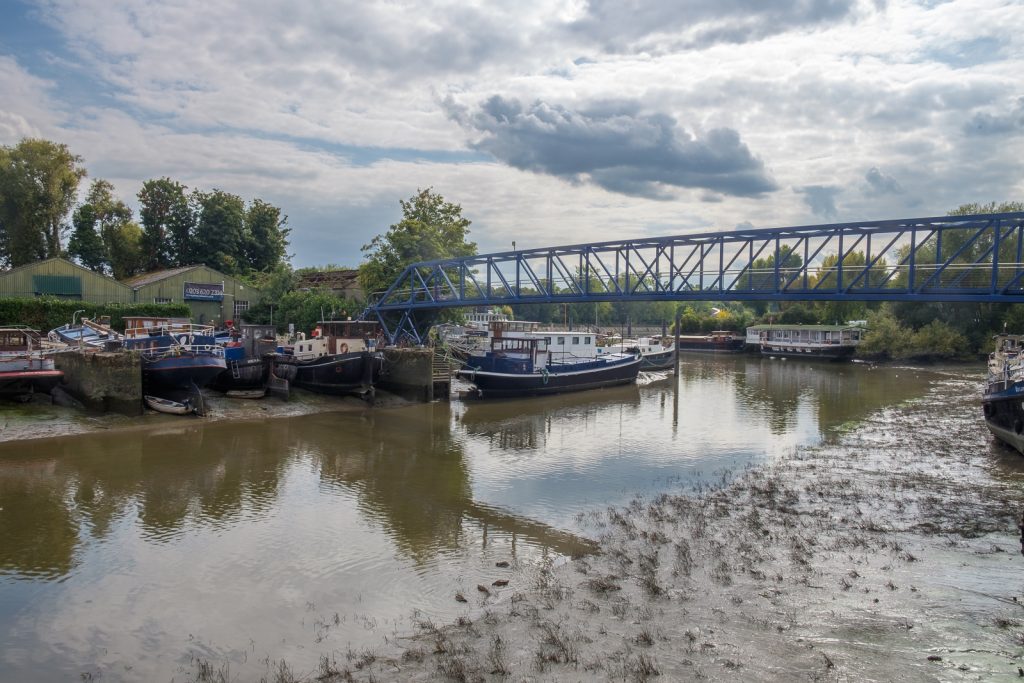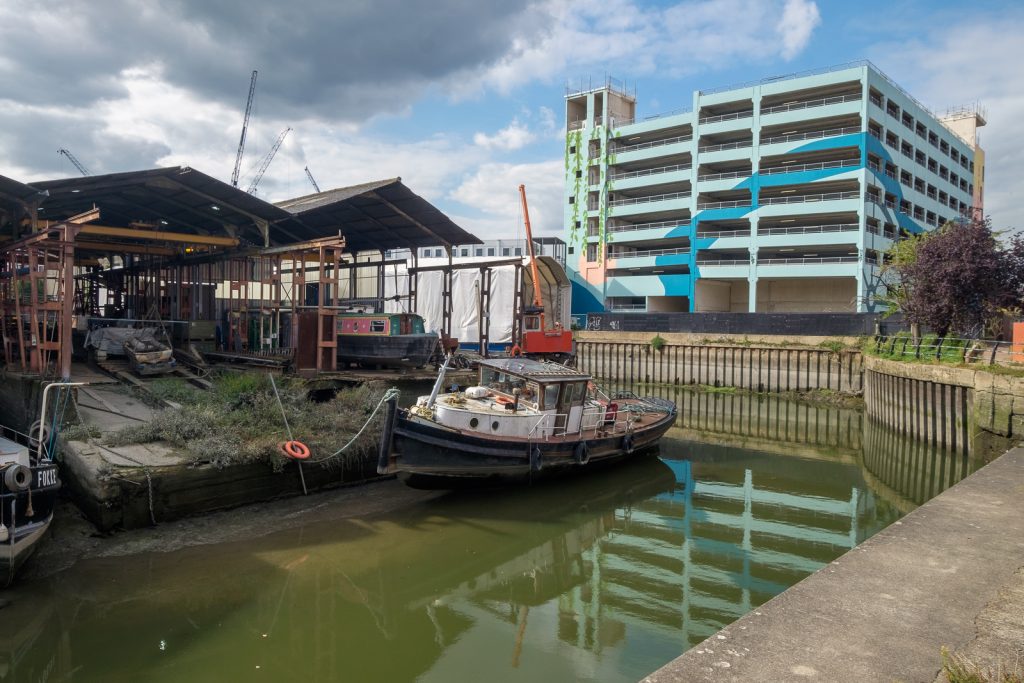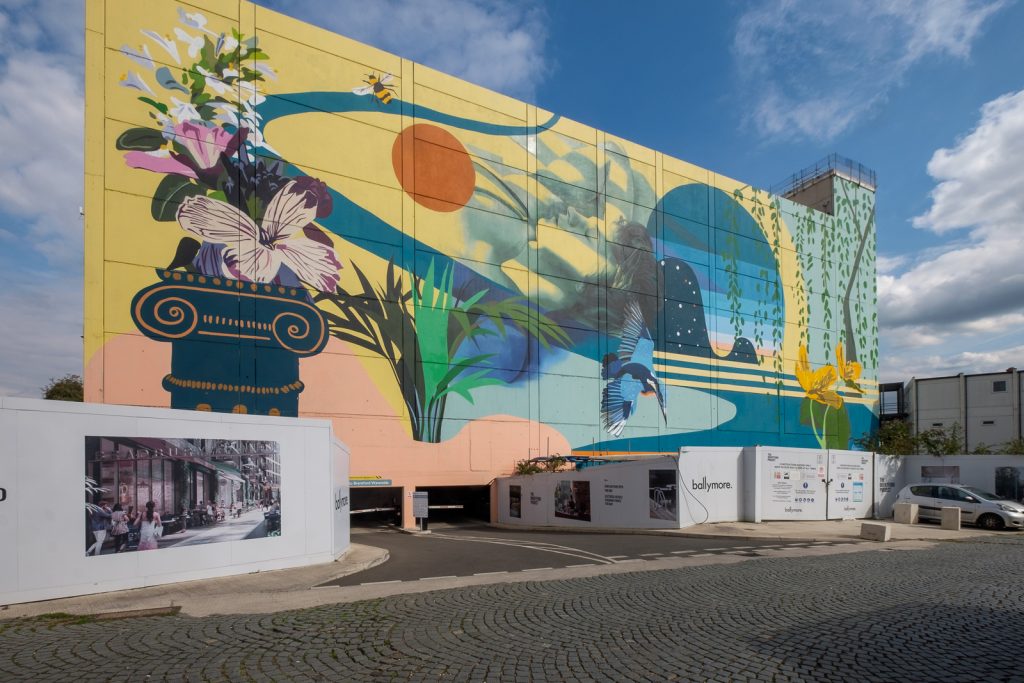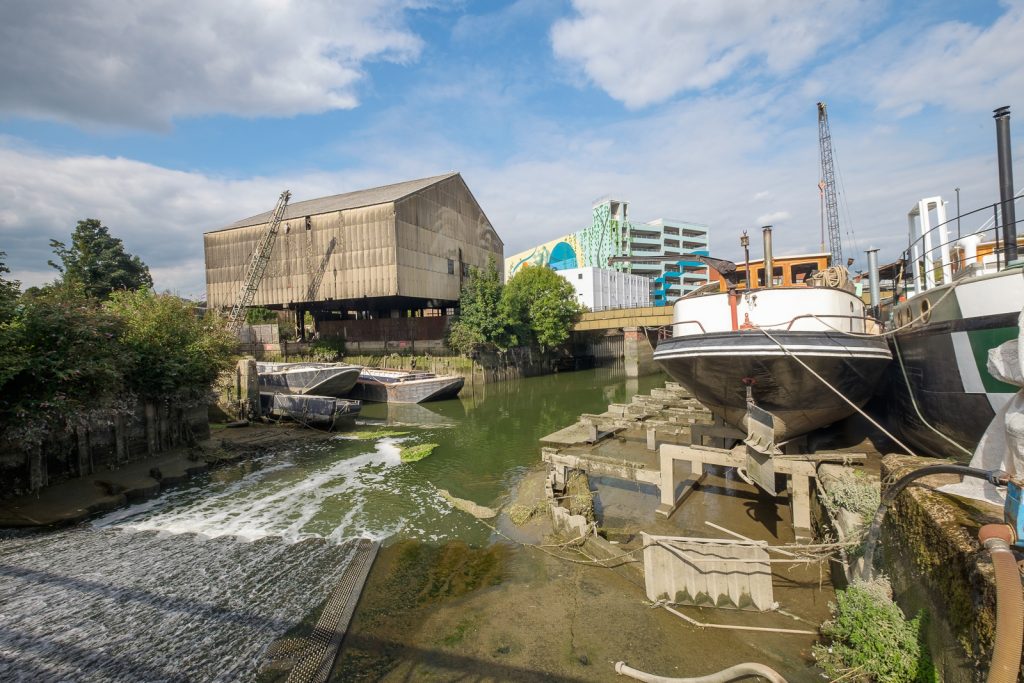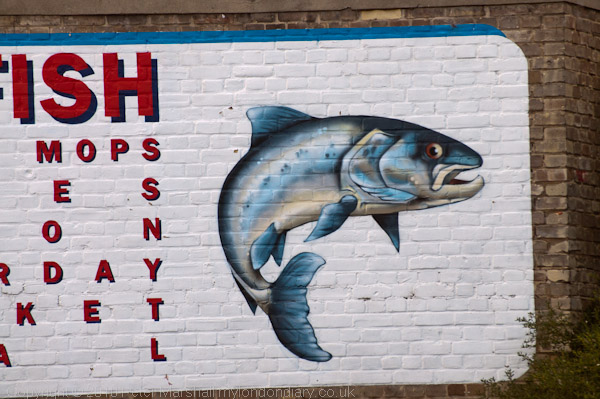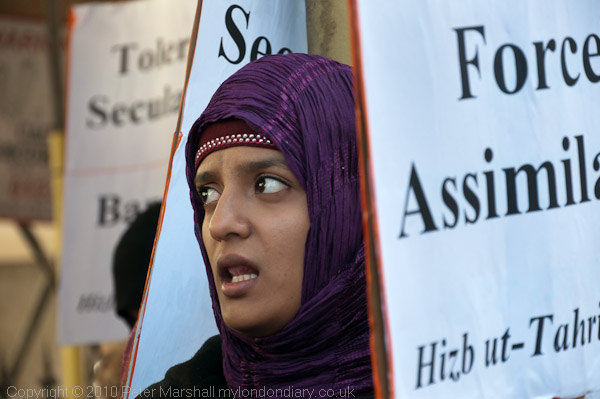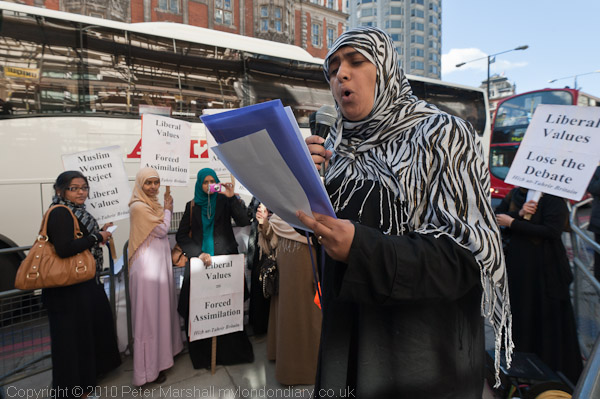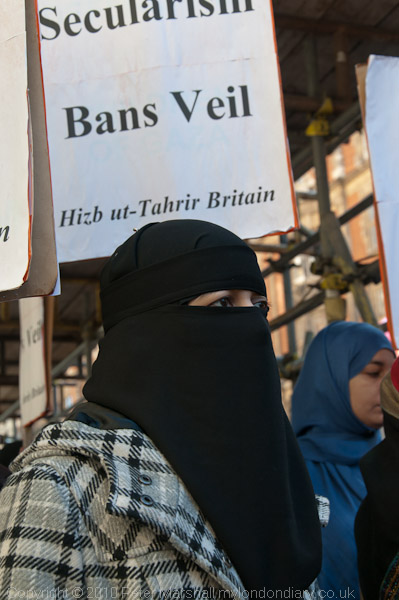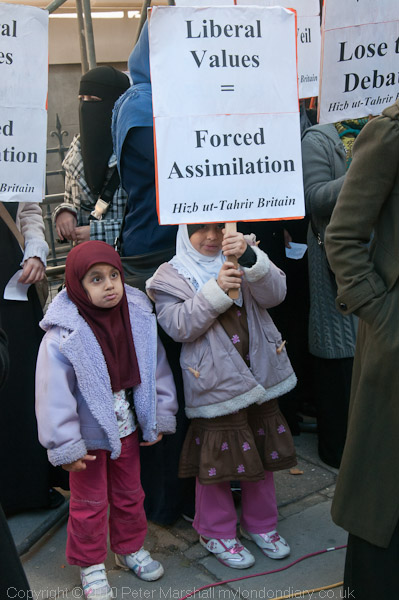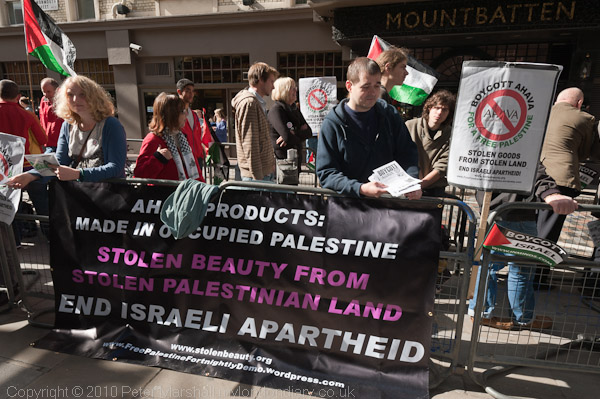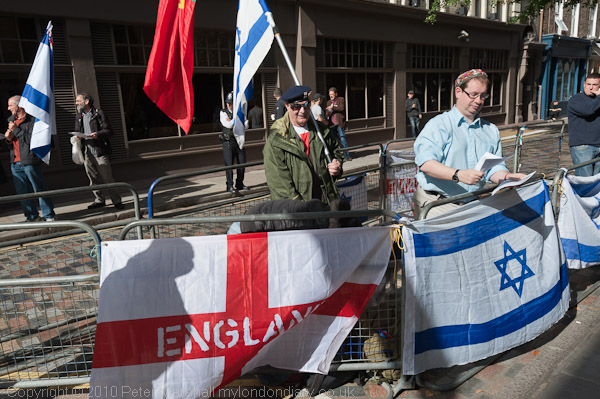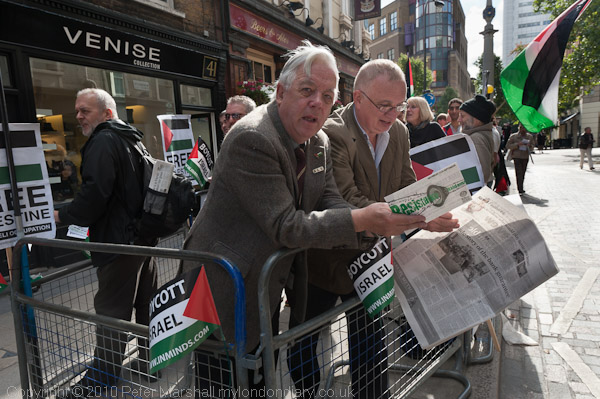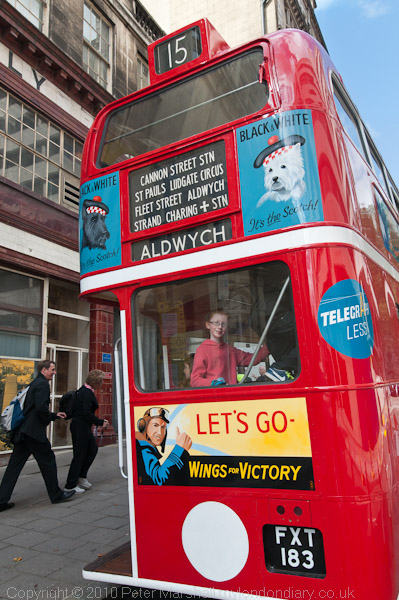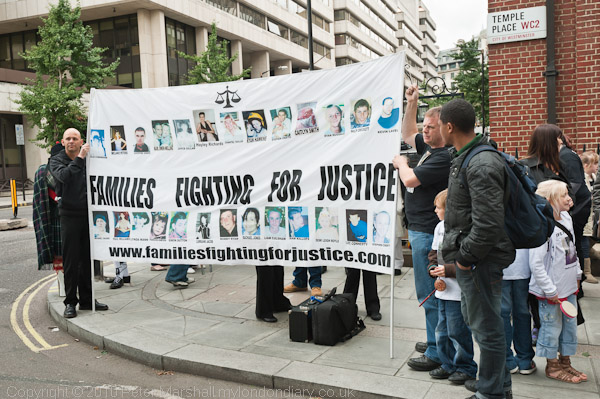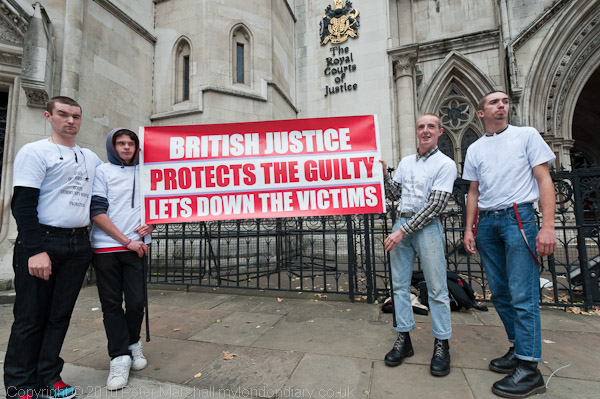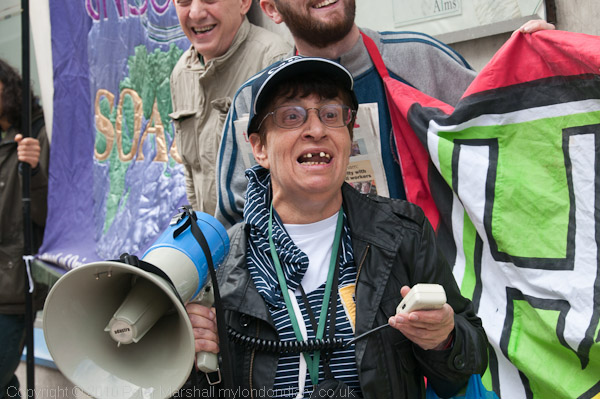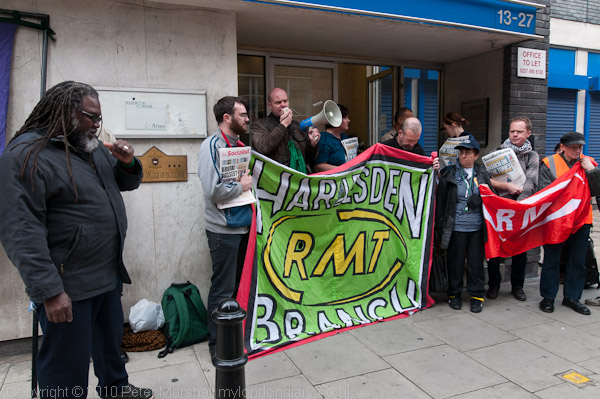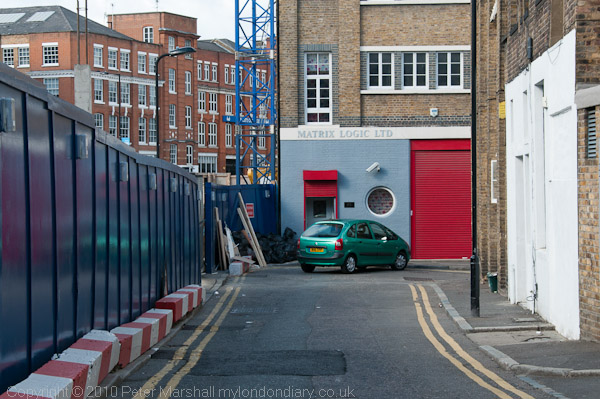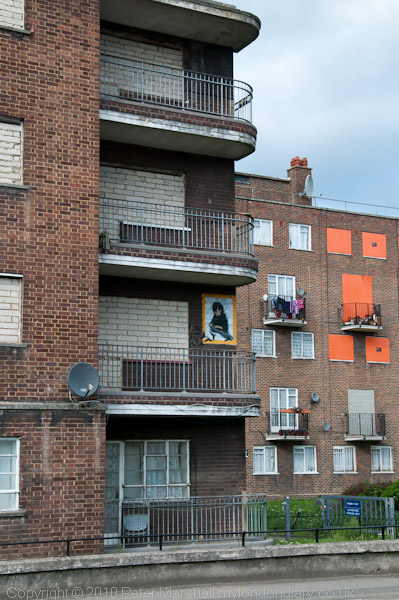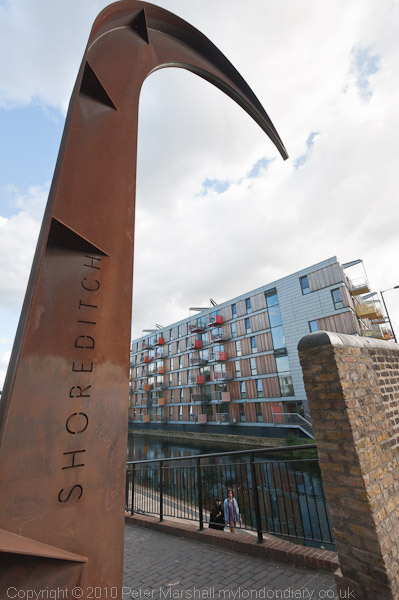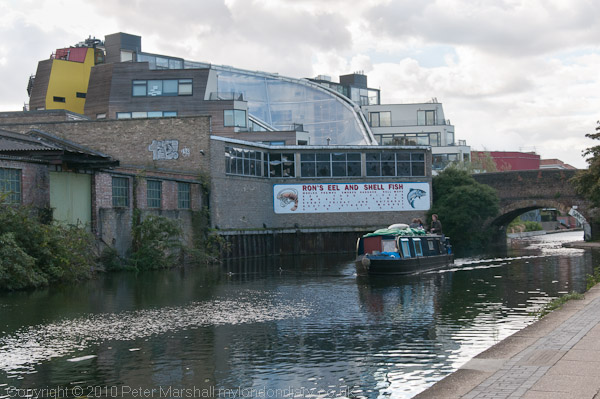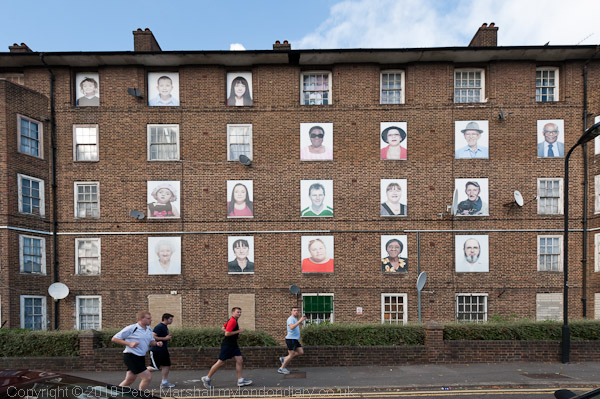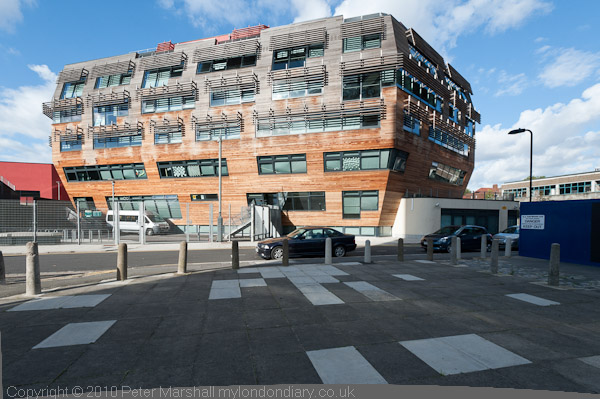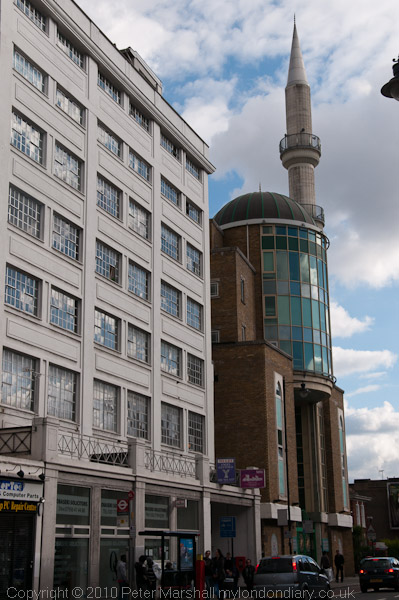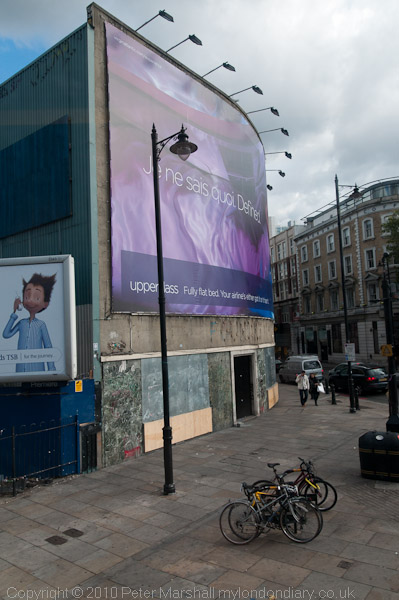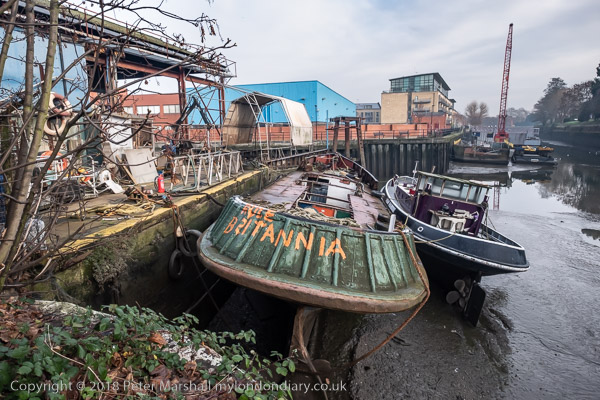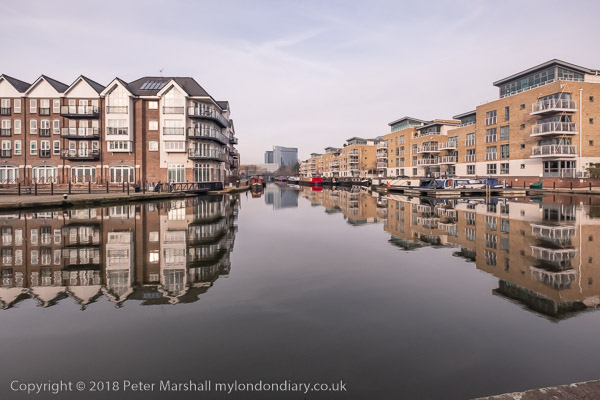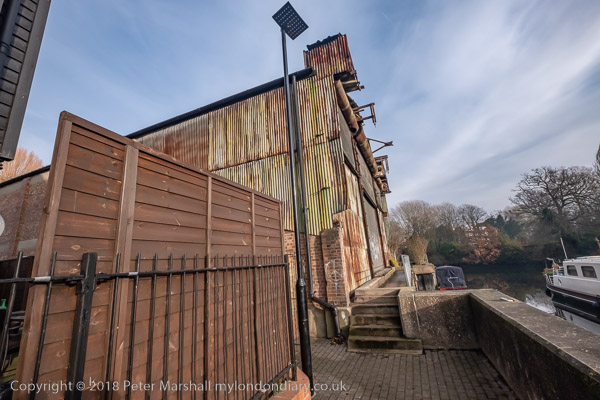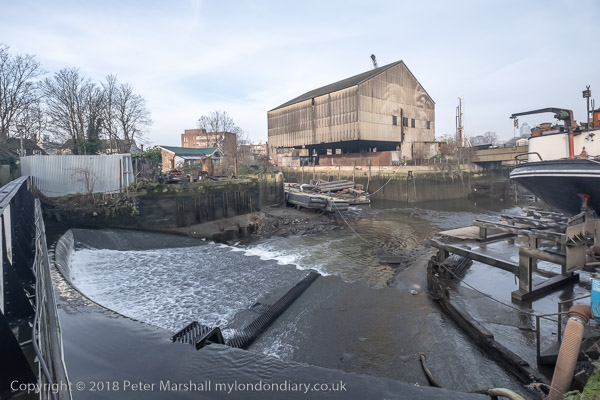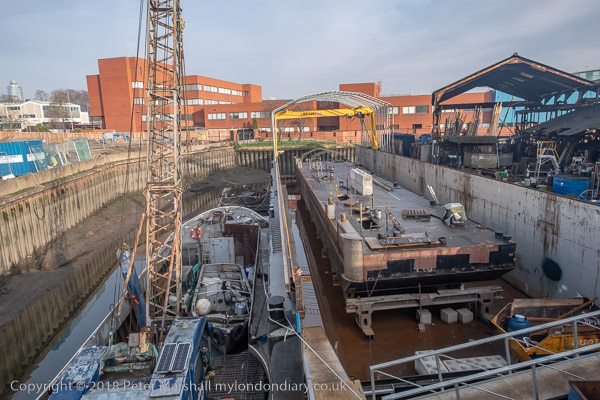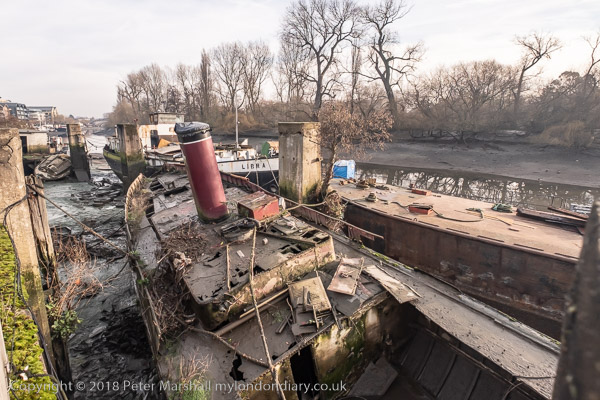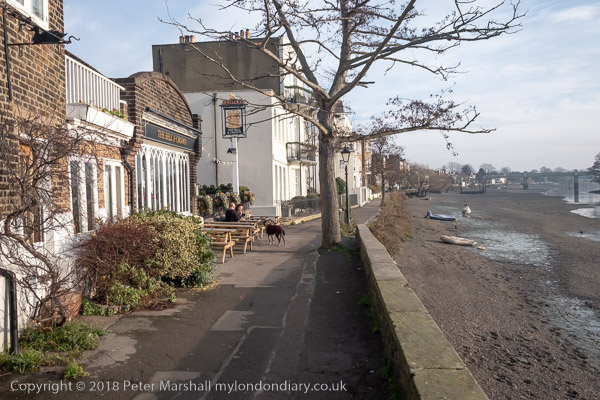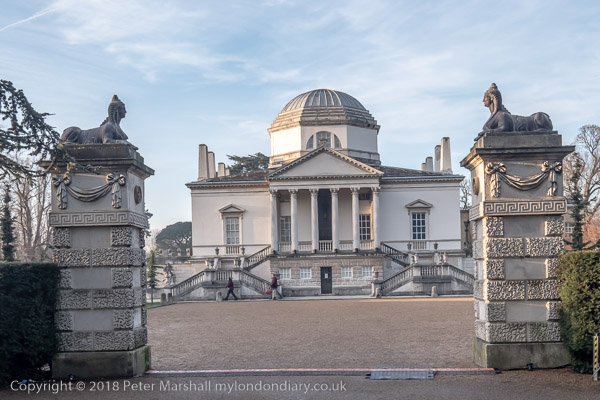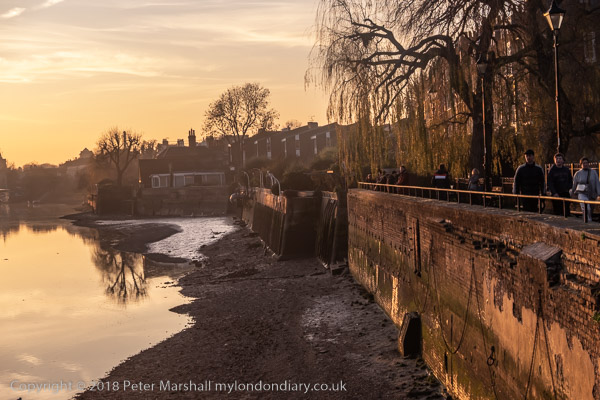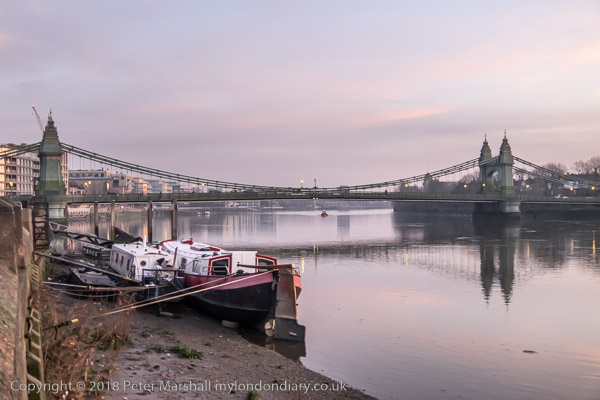Wednesday 9th October 2013 was another day of varied protests in London.
Police & Developers Evict Soho Working Girls – Greek St, Soho
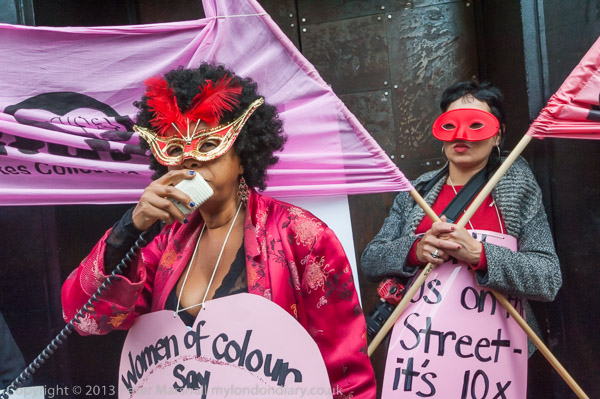
Although the immediate cause of this protest was the eviction of sex workers from flats in Romilly Street where they were operating within our laws restricting prostitution, the evictions were not at base about the activities of the women concerned but a result of property developers seeing enormous profits to be made by emptying properties in the area and redeveloping them.
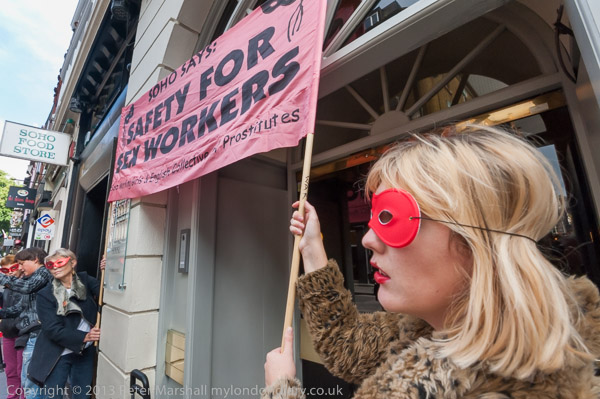
Soho is particularly at risk from hugely profitable development as hotels and luxury flats because of its reputation and unique ambiance, which has largely derived in the past from its association with such risqué activities as strip clubs and models offering personal services as well as its restaurants and shops offering foreign delicacies unknown in the UK outside its boundaries.
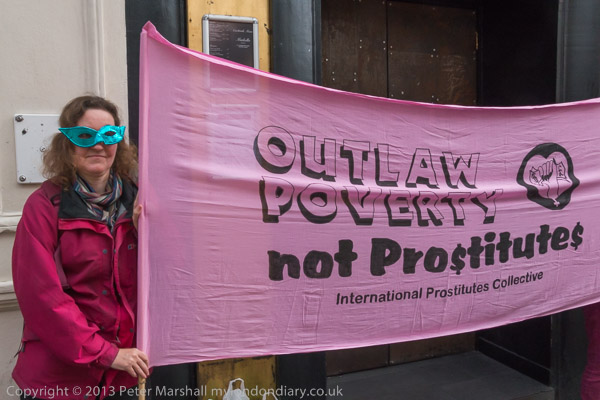
Of course times have changed, and much of Soho is now Chinatown, but still its old reputation and some of those old activities remain, though many are fast disappearing. And while the tourists flock in, much of what attracts them is no longer there.
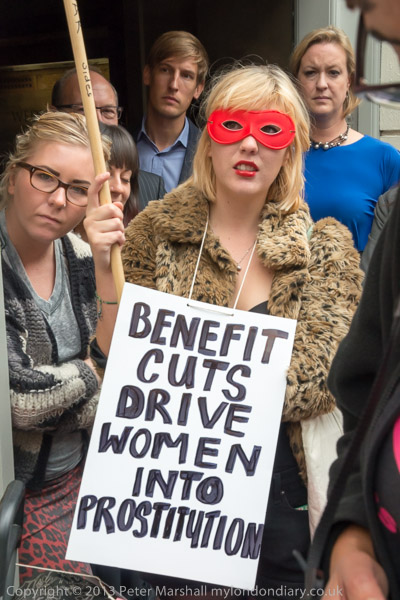
Sex remains a powerful attraction, and it was noticeable that there was far more media attention to this protest than most. Most of the masked women taking part in the protest were supporters of the ‘working girls’ from groups including the organisers of the event, Women Against Rape and the English Collective of Prostitutes (ECP) who I knew from other protests.
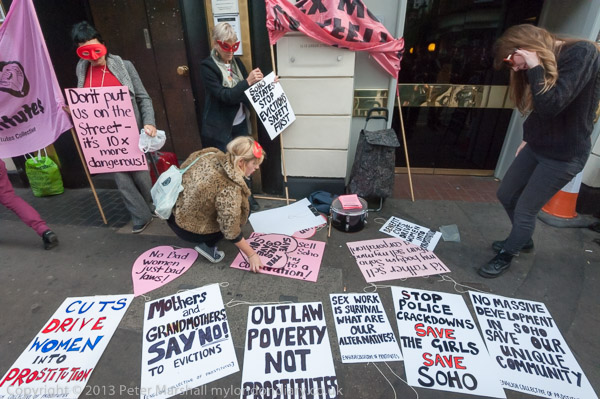
The police who issued notices to the property owners alleging that the properties were brothels are widely seen as working on behalf of the prospective developers, and owners Soho Estates whose managing director came out to speak at the event also have a financial interest. They could have stood up to the police intimidation and investigated the situation so they could assure the police that the activities in the flats were within the law, but failed to do so.
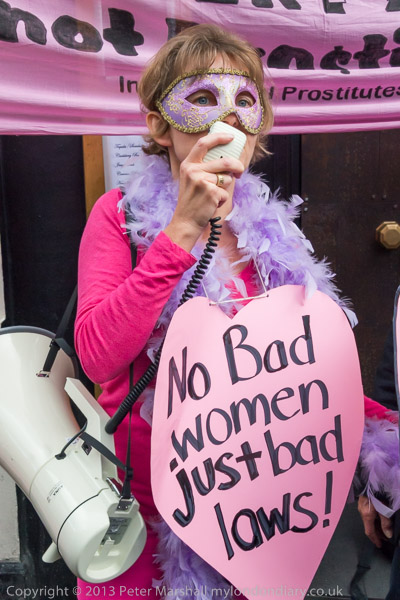
A speaker from the Soho Society told the protest that the activities of the women were one of the oldest traditions of the area, and were causing no problems with their neighbours and the many other trades of the area. Previous similar evictions have attracted local petitions signed by thousands and the ECP press release stated “Many express fears that gentrification is behind attempts to close these flats and that if sex workers are forced out it will lead the way for other small and unique businesses and bars to be drowned out by major construction, chain stores and corporations.”
More at Police & Developers Evict Soho Working Girls.
Gurkha Veterans Demand Justice – Old Palace Yard, Westminster
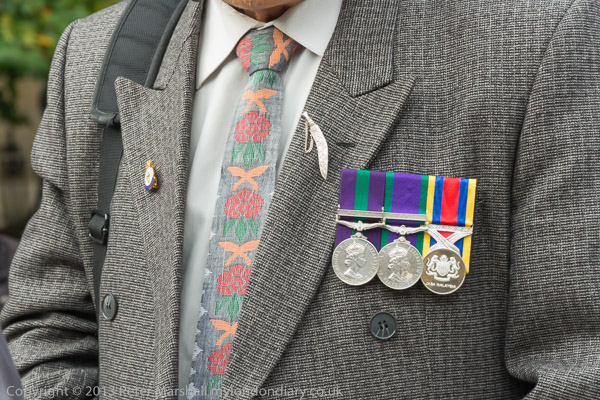
Elderly Gurkha veterans living in the UK did not benefit from earlier campaigns for fair treatment and most living here are in extreme poverty.
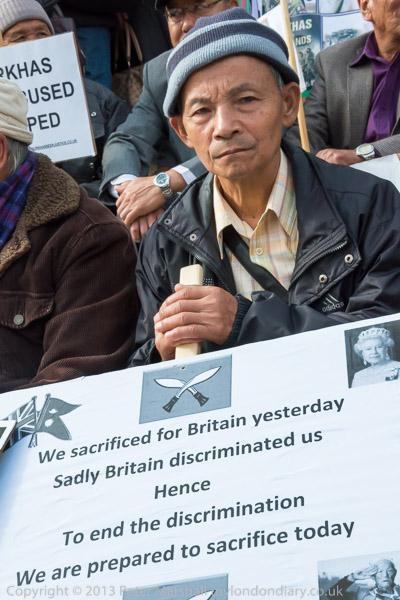
This was one of a number of protests every Wednesday and Thursday opposite the Houses of Parliament inviting the government to hold talks with them and if there was no progress by later in October they said they would begin a programme of nonviolent resistance (Satyagraha) with hunger strikes, beginning with a “13 days relay hunger strike in the name of the 13 Ghurka VCs which would then be followed by a fast-unto-death” if there was no progress.
Gurkha Veterans Demand Justice
Vigil for Shaker Aamer – Parliament Square
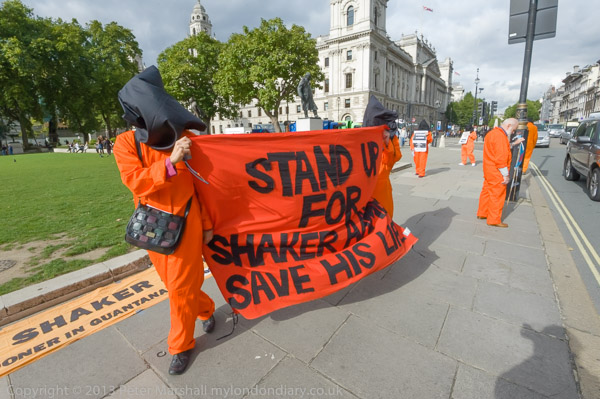
I paid a short visit to the campaigners from the Save Shaker Aamer Campaign who earlier in the year been holding a lunchtime protest on the pavement in Parliament Square facing the Houses of Parliament, standing out in their orange jumpsuits and black hoods on every day parliament was in session.
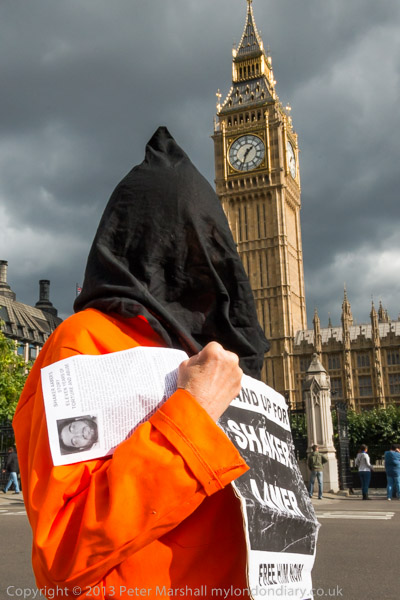
Shaker Aamer, a British resident still then held at Guantánamo was one of the first to be sent there after having been handed over the the US authorities for a cash reward. Although there was no evidence against him he had suffered years of torture in which the UK intelligence services had been implicated. Despite being cleared for release in 2007 and again in 2010 he was still being held, probably because his testimony when released would cause severe embarrassment to both US and UK intelligence agencies.
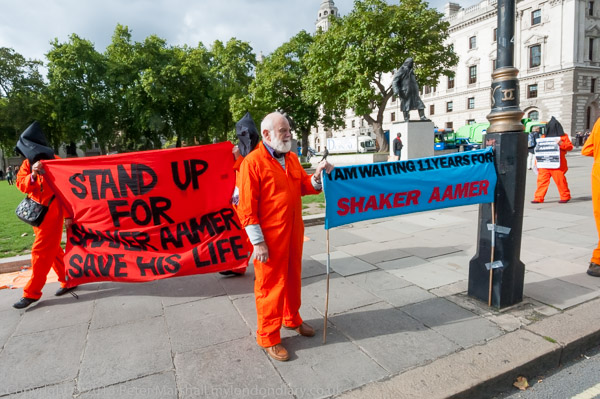
This protest was the start of a new series of regular weekly vigils seeking to draw attention to the failures of both President Obama and David Cameron, as well as demanding a full Parliamentary debate about Shaker’s case.
Cannabis Hypocrisy Protest – Westminster
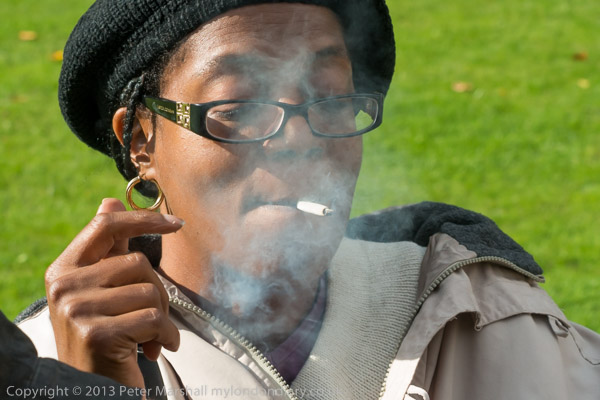
Campaigners had come to College Green, close to the Houses of Parliament to call for reform of the laws about cannabis, in particular to allow its medical use for MS sufferers. Legal medical cannabis is mainly available here to MS sufferers who can afford to pay its very high price.
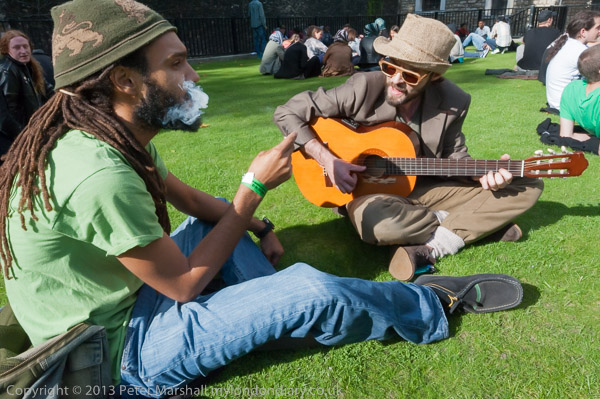
Unsurprisingly it was a rather laid back protest, beginning rather late and not really getting started the whole 90 minutes I was there before giving up and going home as they were still waiting for the megaphone or PA system to arrive.
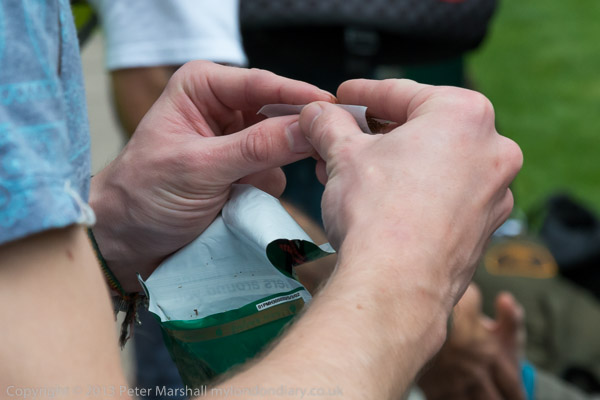
By the time I left there were quite a few people sitting around on the grass smoking. As I commented in a caption, the photographs don’t show what they were smoking, but the smell was unmistakable, and after I while I began to feel just a little unusual. Perhaps the two police officers who strolled over to take a look had no sense of smell or perhaps they simply felt that there was little point in taking any action.
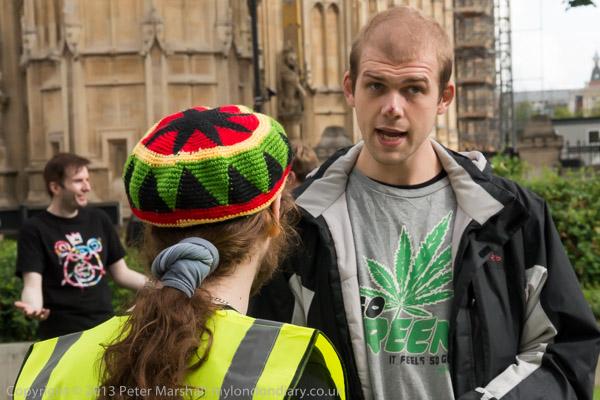
Years ago I had to give lessons against drug use to 16-18 year olds as a part of a ‘personal and social education’ programme, and was aware that many of them had rather more experience in the area than me. But the materials from the Home Office that I relied on made clear that cannabis was considerably less harmful than alcohol or tobacco. Addiction to anything is a bad thing, but so too is the criminalisation that results from our current drug laws, which also fuel an illegal and highly profitable drug business. Appropriate reform, which would certainly include easier access for medicinal use, is long overdue.








